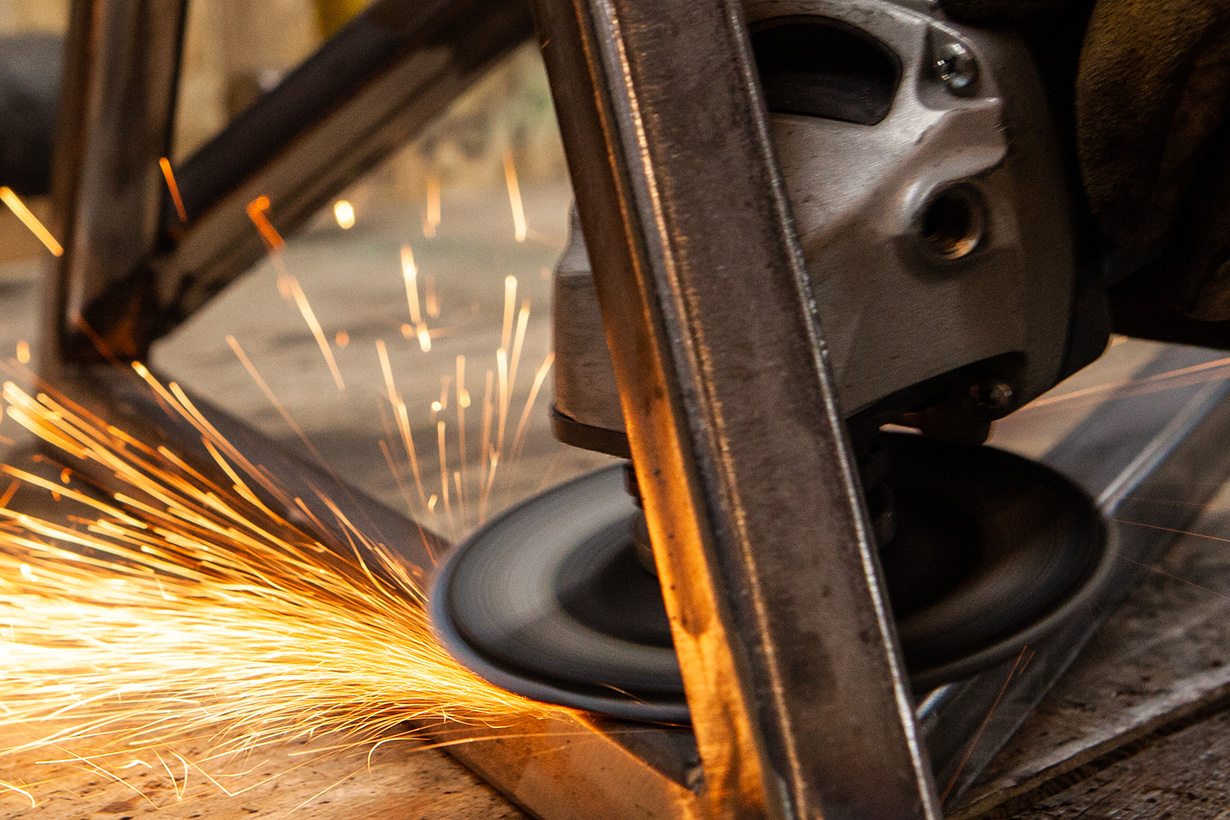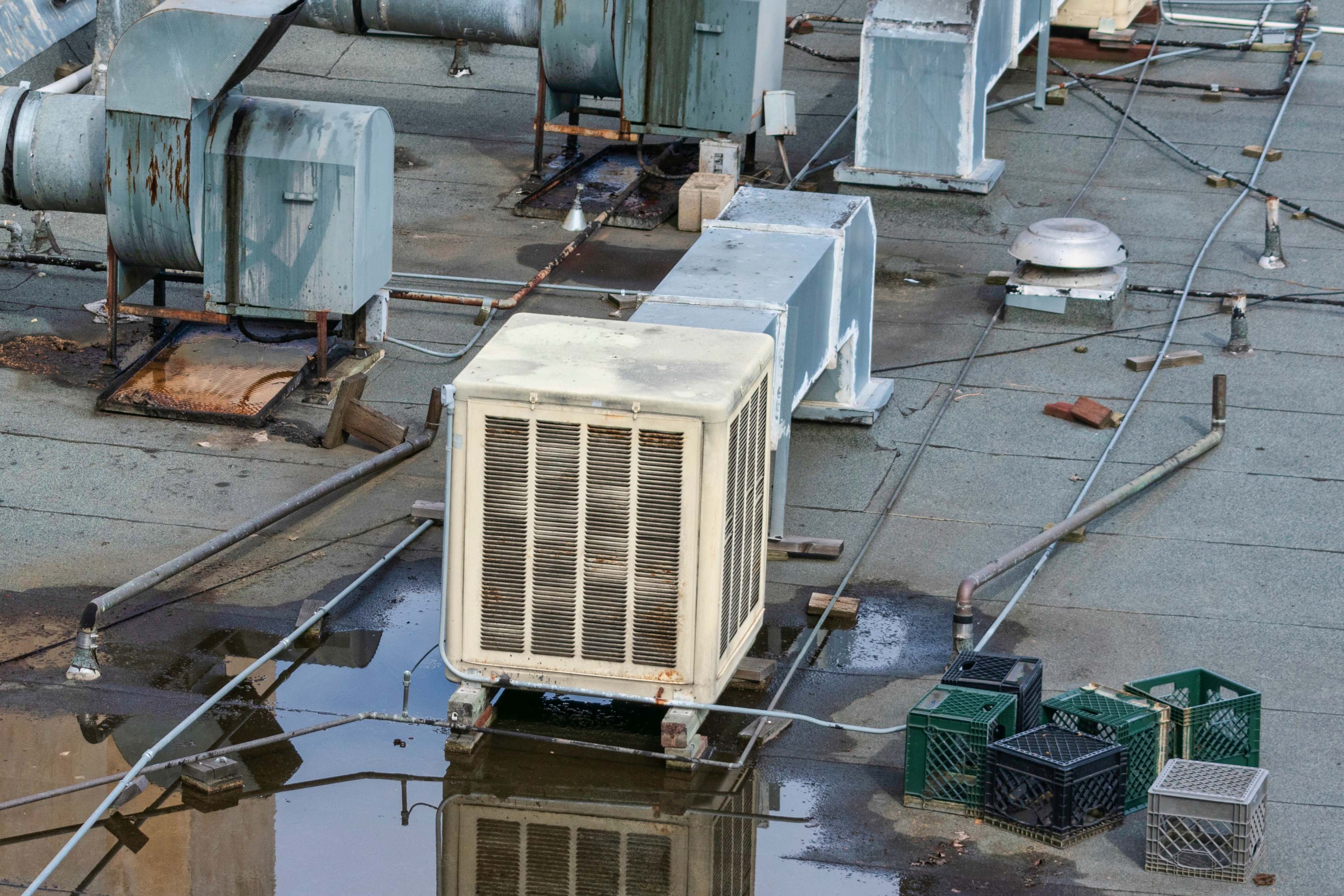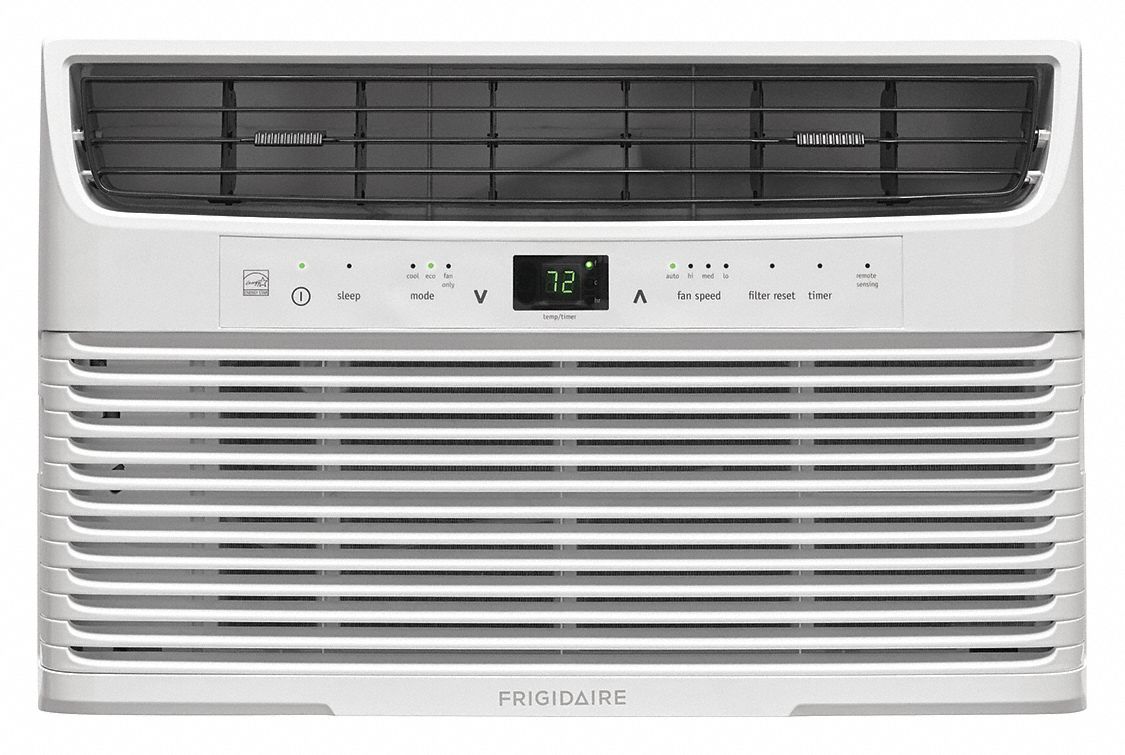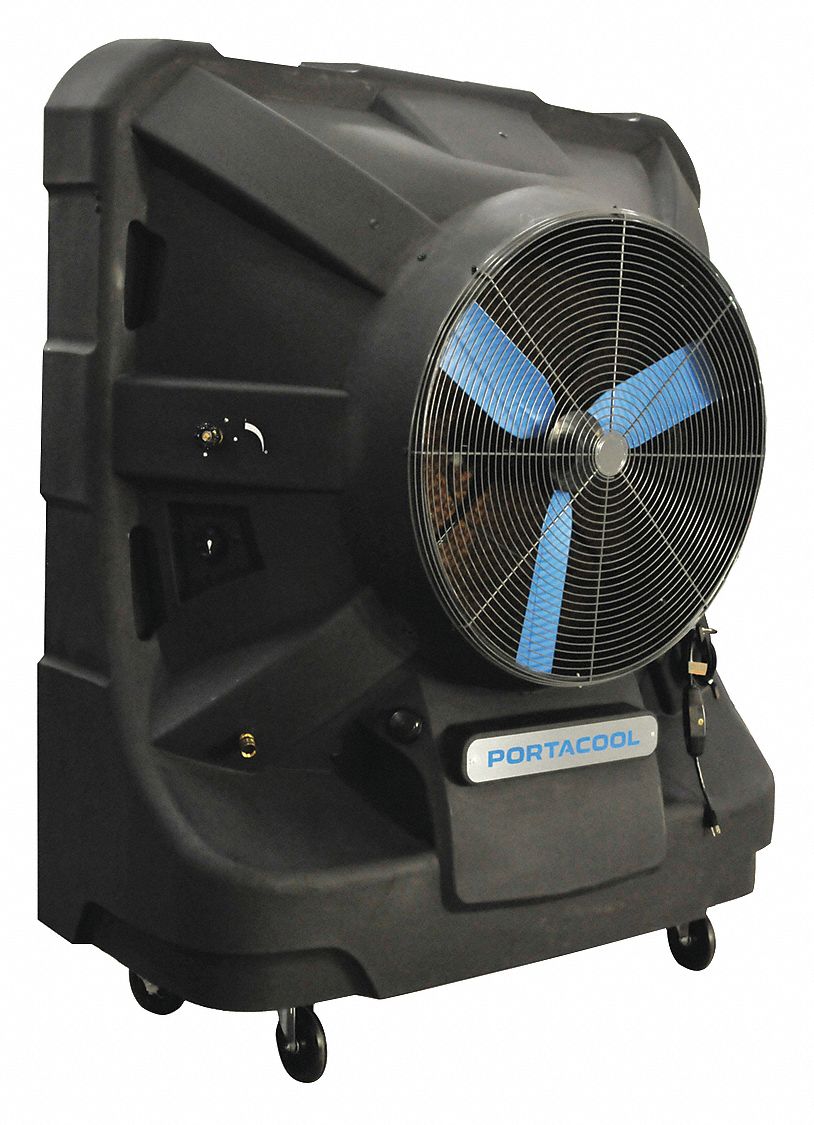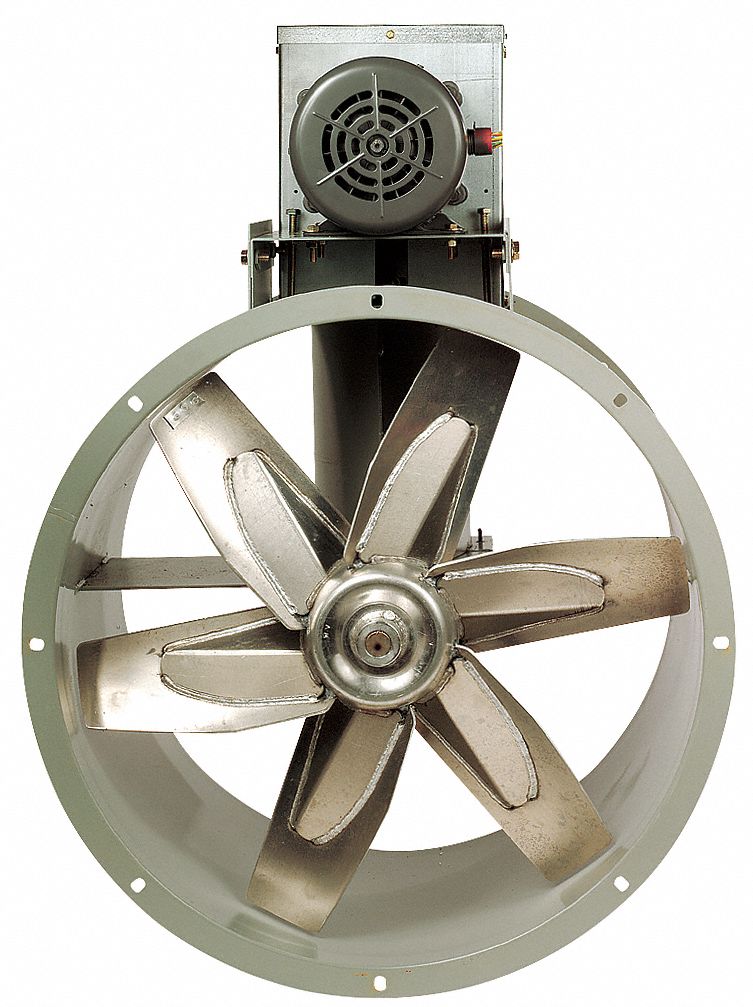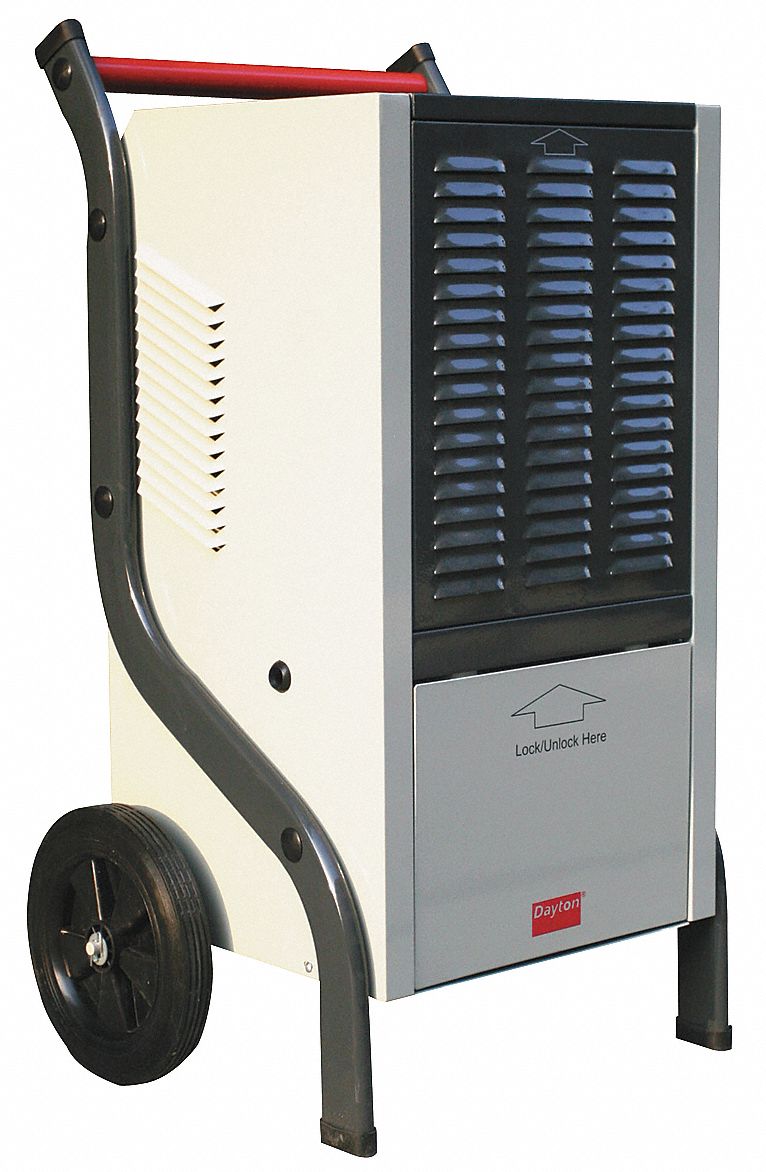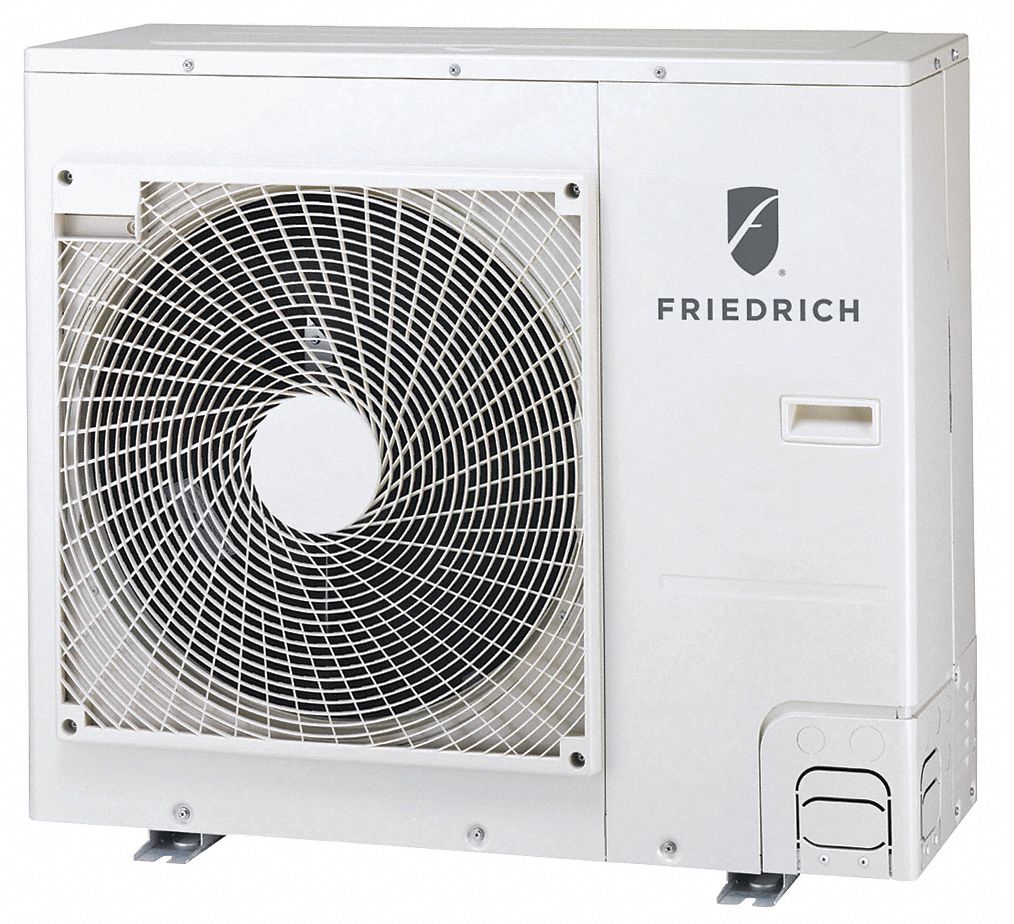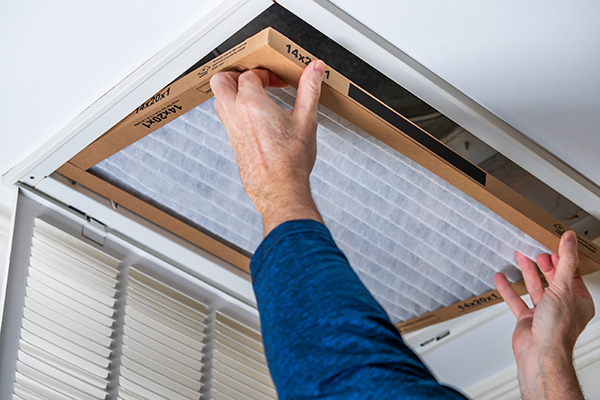

What Is MERV Rating? Air Filter Rating Chart
By Grainger Editorial Staff 5/24/23


As air moves through a building’s HVAC system, air filters trap and collect large and small particles such as dust, allergens and microorganisms. Numerous studies document their role in improving indoor air quality. A filter's MERV number indicates how it's rated to remove these particles. But what is MERV rating, exactly?
An air filter’s minimum efficiency reporting value (MERV) rating measures how effectively the filter stops dust and other contaminants from passing through the filter and into the air stream. MERV ratings are from 1-16, and filters with higher MERV ratings trap small particles more effectively than filters with lower MERV ratings.
In general, filters with a rating of MERV 16 or below are considered to be HVAC-system-grade filters for residential, commercial and general hospital use. Though ratings don't go higher than MERV 16, high-efficiency particulate air (HEPA) filters trap the smallest particles at a higher rate than even MERV 16 and are typically used in surgical operating rooms, clean rooms and other contexts that require absolute cleanliness.
MERV Filter Ratings and Efficiency
When selecting the right filter for your application, higher is not always better. Using an air filter with a MERV rating higher than what your furnace or air conditioner manufacturer recommends can actually impair its performance.
The smaller pores in more highly rated air filters create resistance to air flow, and if the filter is used in an HVAC system that is not designed to handle this resistance, it can lower the system's efficiency, decrease indoor air quality and put strain on the system's fan.
MERV Filter Ratings and Air Quality
Researchers in India compiled a range of studies that considered the effect of air filtration on indoor air quality and the resulting positive health outcomes.
Those studies found that filtering recirculated air improved microvascular function in healthy elderly people, improved another type of vascular function in healthy adults and resulted in better lung function in indigenous communities, among other benefits.
Use the MERV rating chart below to understand which filters are best for which applications.
MERV Rating Chart
| Rating | Application | Contaminants | Particle Size |
|---|---|---|---|
|
Pre-filter in commercial building Residential furnaces Window air-conditioning units |
Pollen Dust mites Sanding dust Textile/carpet fibers |
Filters down to 10.0 micron particle size |
|
|
Pre-filters or final filters Commercial buildings Better residential Buildings Industrial workplaces Paint booth inlets |
Pollen Dust mites Sanding dust Textile/carpet fibers Mold/spores Dust lint Cement dust |
Filters down to 3.0–10.0 micron particle size |
|
|
Pre-filters or final filters Hospital laboratories Better commercial buildings Superior residential buildings |
Pollen Dust mites Sanding dust Textile/carpet fibers Mold/spores Dust lint Cement dust Legionella Lead dust Humidifier dust Coal dust Nebulizer dust |
Filters down to 1.0–3.0 micron particle size |
|
|
Final filters General surgery Superior commercial buildings Hospital inpatient Care Smoking lounges |
Pollen Dust mites Sanding dust Textile/carpet fibers Mold/spores Dust lint Cement dust Legionella Lead dust Humidifier dust Coal dust Nebulizer dust Bacteria Tobacco smoke Auto fumes Sneeze nuclei Insecticide dust Copier toner Pet dander Face powder |
Filters down to 0.3–1.0 micron particle size |
|
|
Final filter Clean rooms Radioactive raterials Pharmaceutical manufacturing facilities Carcinogenic materials Orthopedic surgery room |
Pollen Dust mites Sanding dust Textile/carpet fibers Mold/spores Dust lint Cement dust Legionella Lead dust Humidifier dust Coal dust Nebulizer dust Bacteria Tobacco smoke Auto fumes Sneeze nuclei Insecticide dust Copier toner Pet dander Face powder Virus carriers Carbon dust Sea salt Combustion smoke Radon progeny Odor Microscopic allergens |
Filters down to less than 0.30 micron particle size |
Pre-Filters vs. Final Filters
Air filters can be used as final filters or pre-filters. When used as final filters, they are the primary filters for an HVAC system. Final filters may be used alone in a single-filter system, or they may be used in combination with one or more pre-filters. When used in a multi-filter system, the pre-filters trap the dirt and large particles before the air reaches the final filters downstream, which then remove the smaller particles. This multi-filter system extends the life of the more expensive final filters, leading to overall cost savings.
Frequently Asked Questions
To filter out infectious airborne particles, ASHRAE recommends that organizations use MERV-13 or the highest achievable filtration level, though MERV-14 (or better) is preferred.
Commercial HVAC operations may help decrease people's exposure to airborne pathogens that spread COVID-19 and other illnesses. Building technology group ASHRAE notes that while the virus causing COVID-19 in smaller than 0.3 microns, it is often embedded in other airborne particles that are large enough to be captured by air filters. ASHRAE has compiled recommendations for filtration, humidity set points, automation and more.
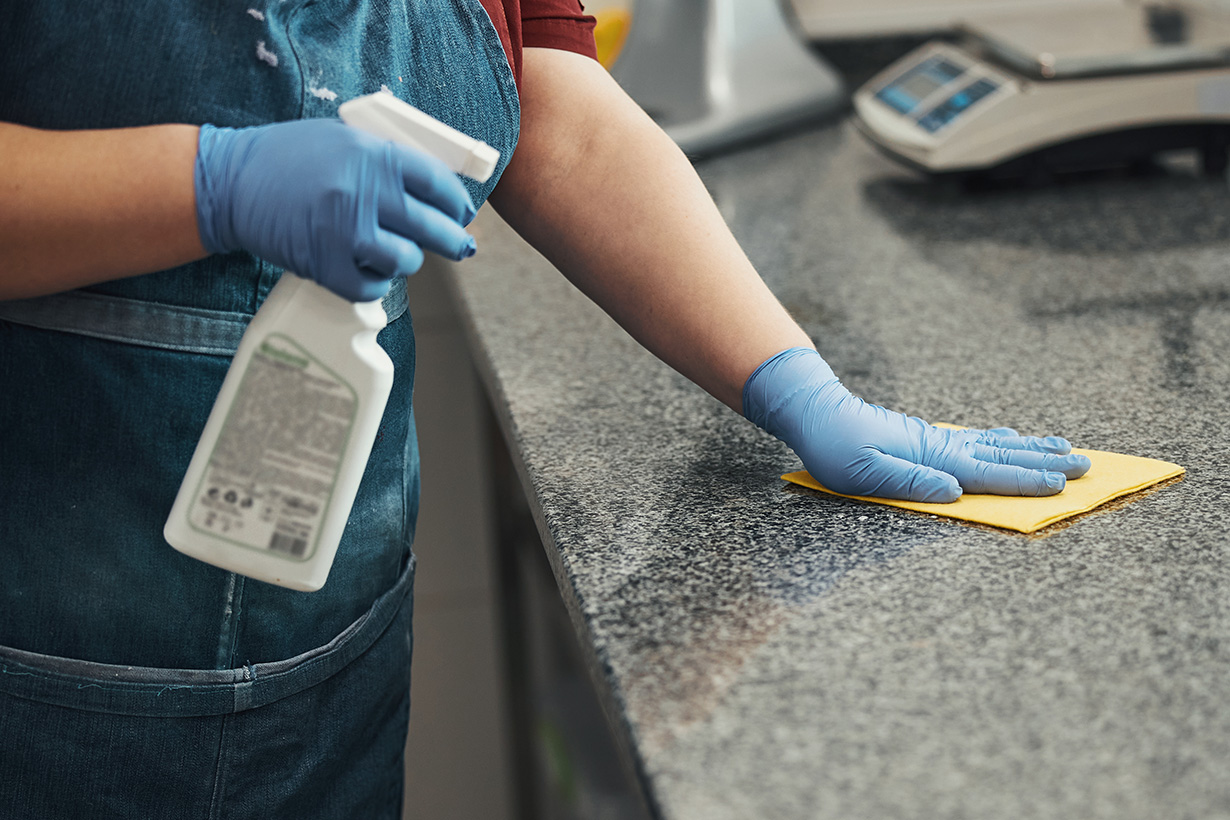
Sustainability
Understanding Nitrile and Biodegradability
Purchasing managers responsible for meeting their organization's sustainability goals should dig a little deeper when they come across product descriptions with environmental claims.
![]() Our Latest KnowHow
Our Latest KnowHow

Understanding Nitrile and Biodegradability
Purchasing managers responsible for meeting their organization's sustainability goals should dig a little deeper when they come across product descriptions with environmental claims.
The information contained in this article is intended for general information purposes only and is based on information available as of the initial date of publication. No representation is made that the information or references are complete or remain current. This article is not a substitute for review of current applicable government regulations, industry standards, or other standards specific to your business and/or activities and should not be construed as legal advice or opinion. Readers with specific questions should refer to the applicable standards or consult with an attorney.


